Tamales for the Holidays —7 Latino Family Recipes
- December 2021
- By Kim Caviness
- Recipe from Everywhere Latino

It’s tamales season—our favorite time of year, comida-wise.
What will you be serving this holiday as the big-deal meal for your family festivities?
We are excited to celebrate tamales around el mundo with a recipe roundup of favorite versions of this traditional Christmas and New Year’s Eve dish—made by families año after año to honor their Spanish-speaking heritage, as they cook their way home for the holidays.
No matter where you are from, or what you call these wrapped-masa delicacies—tamales in Mexico, Guatemala, Belize and Panama; hallacas in Venezuela; pasteles in Puerto Rico; humitas in Ecuador—they are a culinary treasure going back to the earliest days of Latino cooking.
The first tamale is thought to have been made by the Aztecs in Mesoamerica, sometime around 7,000 B.C. The name tamales comes from the Aztec Nahuatl word tamalli for “wrapped corn bread” or “pan de maiz envuelto.” Interested in learning more? Check out our Familia Kitchen deep dive into the history of tamales and its masa cousins across Latin America: Unwrapping the Tale of Tamales: A Guide to Their History & Ingredients.
Despite tamales’ ancient roots, this simple yet complex dish remains enduringly the same as our ancestors enjoyed it—and popular. Every Latino family we know looks forward all year to its presence on Christmas tables today, almost 9,000 years later. How did this come to be? Let’s look at the dish’s variations, cultural differences, and 6 of our favorite family-famous recipes!
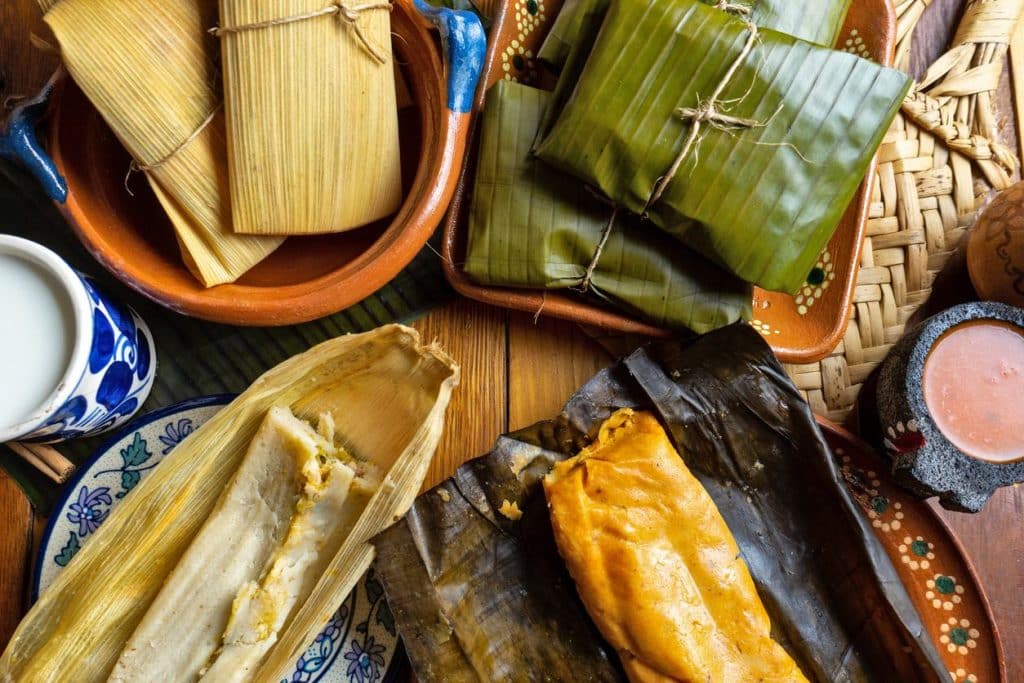
A Timeless Formula: Masa + Filling + Wrapping
All tamales recipes follow the traditional three-part formula: corn-based dough + savory meat filling + corn husk or banana leaf wrapping. In Mexico alone, there are more than 500 types of tamales, with a fascinating range of ingredients and preparation methods extending across the rest of Latin American and Caribbean regions.
Lucky us: there are so many delicious ways to make tamales. The masa can be prepared with regular or precooked corn flour, plantains, green plantains—the list goes on. The exterior wrapper can be corn husks or banana or plantain leaves or even tin foil. They can be boiled or steamed.
But all masa-stuffed versions have this common: the recipe tends to be so family-defining, traditional and so prized that it is usually prepared—with mucho amor and a dozen-plus hours of work—just one special time a year: the Christmas or New Year’s family feast.
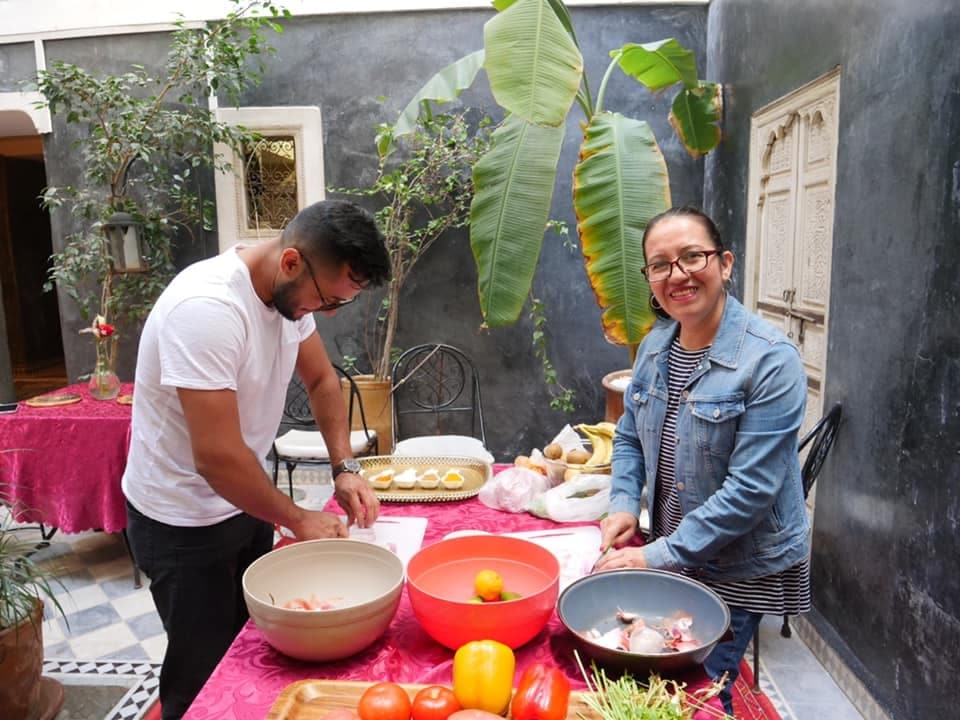
It helps that during the holiday family members tend to be hanging around—and can lend a hand in the cocina. Tamale, hallaca or pastel cooking is definitely a team sport. All ages pitch in and join the familia assembly line. The youngest are assigned jobs like soaking the corn husks and washing the banana leaves. The more experienced cooks tackle prepping the meat fillings, mixing the masa, and tying them into tightly wrapped masa packages.
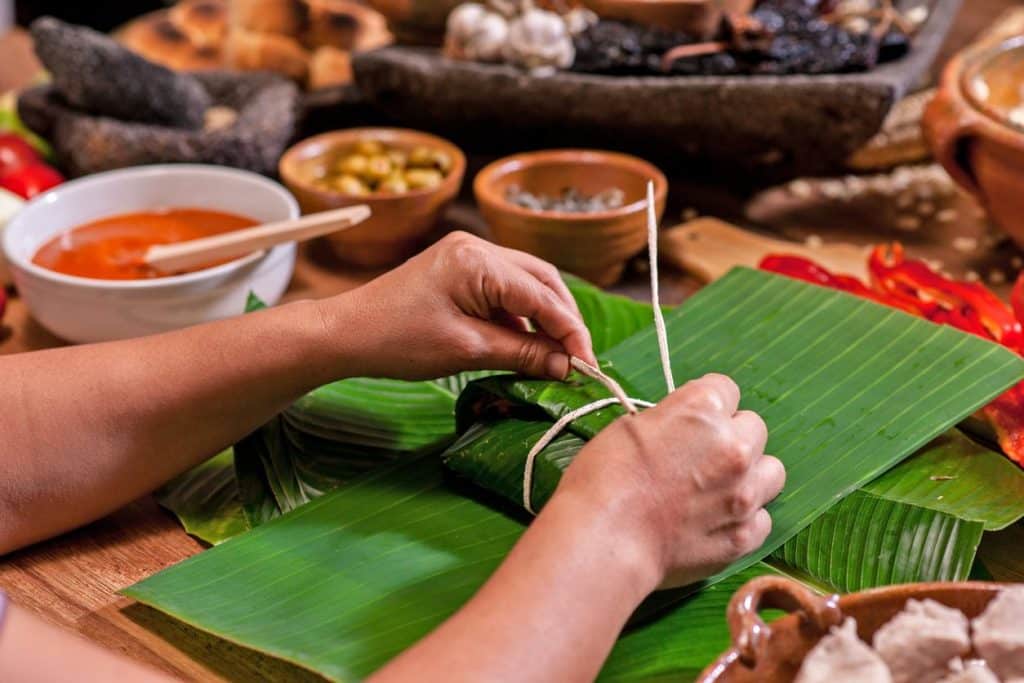
Then comes the fun part: Building the tamales! Fresh ingredients are lined up in a festive row of bowls: the masa, the meat stew, and the garnishes: thin-sliced red bell peppers, onions, capers, olives, achiote oil, achiote paste, and/or many more, depending location and family tradition.
Ready to go make masa and family memories? Happy tamales, pasteles and hallacas to you and yours!
We are honored to spotlight Familia Kitchen’s 7 most popular recipes for this stuffed-masa Latino culinary gift to the world. These are the top family-famous recipes our community has shared with us because they are that good—just in time for your holiday menu planning.
A Holiday Celebration of 7 Favorite Tamale Recipes
Tamales from Mexico
Nanni’s Tamales with Pork and Ancho Chile
These pork and guajillo chile tamales are the prized recipe made once a year on Christmas Eve or Noche Buena in Angela Pagan’s Mexican family. They use corn flour, stuff the masa with a guiso made with pork and anchos or guajillos, and wrap them in corn husks for steaming. This year they will be making this traditional meal in honor of Angela’s beloved abuela, Nanni, who taught her daughter and grandmother how to make them before she died this fall. Angela and her mother have promised each other they will carry on Nanni’s tamales tradition, to keep her memory alive, forever.
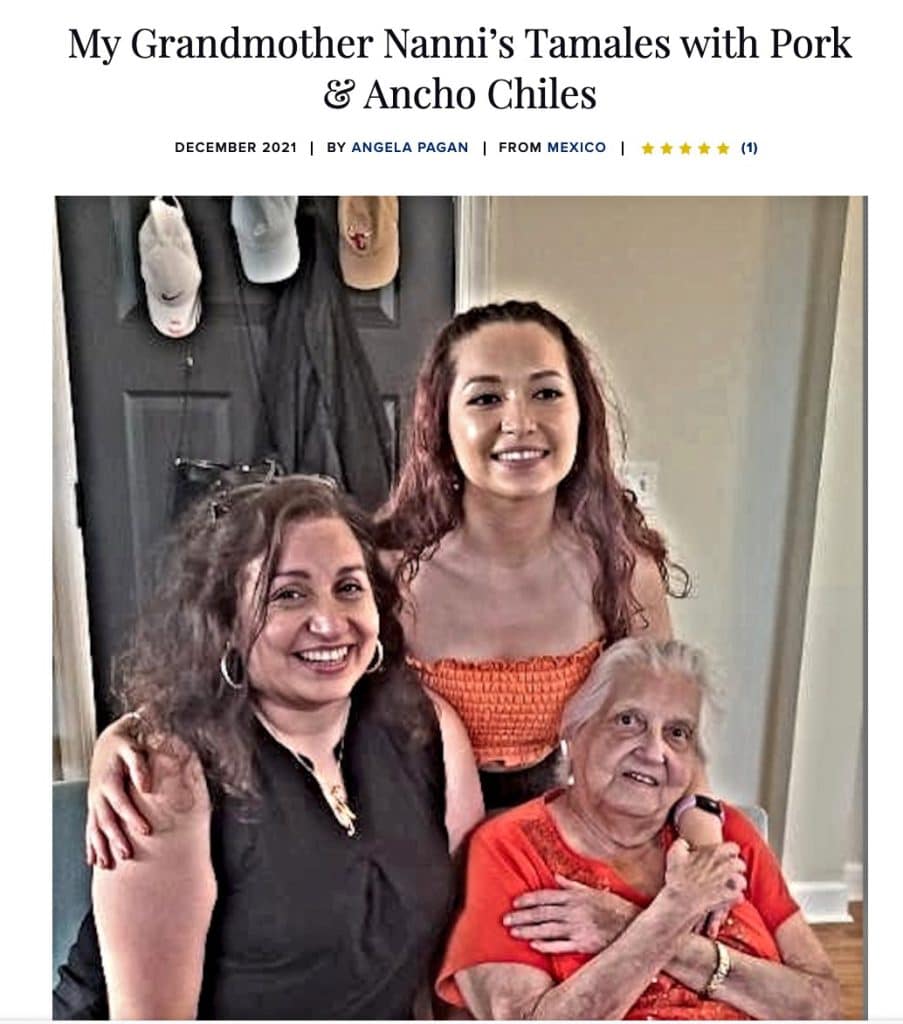
Tamales from Mexico
Frida Kahlo’s Red Tamales with Pork
These delicioso red pork tamales were served at a special Day of the Dead comida Frida Kahlo hosted at her home, La Casa Azul, in 1942. The beloved artista had worked for days, placing ofrendas on the freshly built Oaxacan-style altar and setting the table just so, with zempazuchitl flowers and sugar skulls, reports Guadalupe Rivera, daughter of Frida’s husband, Diego Rivera, the legendary Mexican muralist, in her cookbook Frida’s Fiestas: Recipes and Remembrances of Life With Frida Kahlo, co-written with Marie-Pierre Colle.

Tamales from Guatemala
Luis’ Traditional Pork or Chicken Tamales
When he was growing up in Guatemala, Luis Yanes learned this family recipe from his mother. She taught him to use masa harina, make a filling with chicken or pork and a recado sauce (with tomatoes, tomatillos, chiles, garlic and more!), and wrap the masa in banana leaves for boiling. Luis now lives with his own family in Connecticut and proudly continues the tamales tradition.
Tamales from Belize
Doña Paula’s Tamales with Chicken and Col Sauce
These are the Christmas tamales Kendra Alfaro was taught to make by her Belizean grandmother, Doña Paula, who would wake up every Dec. 25 at 4 a.m. to start preparing them. She made her masa with corn flour, stuffed it with stewed chicken in a col red sauce made with ingredients including annatto paste and habanero chile. They are then wrapped in banana leaves and steamed. We especially love Doña Paula’s abuela-cooking tip: Put a coin in the bottom of the large steamer pot when filling it with water to steam the tamales. If you hear it rattling around, you’ll know you need to add more agua to the pot for the tamales to keep cooking.

Pasteles from Panama
Lisa’s Tamales with Chicken & Pork from Panama
What makes these tamales so extra-special for one of our favorite Panamanian home cooks Lisa Kear—other than the joy of making them together—is how they taste. Slowly sauteing the chicken and pork in sofrito (a mix of onion, peppers, garlic and culantro) tenderizes the meat and results in mouth-watering flavor, she says. When she was growing up in Panama, Lisa’s family boiled their tamales outdoors in a large pot covered with banana leaves, but now she makes them inside her home in Knoxville, boiled on the stove. And she is happy to report that they are just as “excellent,” Lisa promises.
Pasteles from Puerto Rico
Michelle and Pat’s Pasteles with Pork, Green Bananas, Plantains and Yautía
This Boricua family-famous recipe was submitted by our favorite Puerto Rican home cooks, Michelle Ezratty Murphy and her husband Pat Murphy. This are the pasteles he grew up eating in Puerto Rico in his familia of super-talented cooks. They make their masa criollo-style with green bananas, green plantains, yautia and kabocha squash. The meat filling is made with pork shoulder or butt, stewed with more than a dozen ingredients, including, of course: sofrito and sazón. And they wrap their masa packages in banana leaves to boil in salted water.

Hallacas from Venezuela
Liliana’s Hallacas with Beef, Pork and Chicken
Liliana Hernández has been making her family-famous hallacas without fail every Christmas, so that her sons grow up experiencing this traditional Venezuelan dish, even though they live in the States. For three days she works, making her recipe that calls for: precooked corn flour (the same flour she uses for her arepas); stuffing them with beef, pork and chicken; and wrapping them in plantain or banana leaves to boil or steam.

A Look Back at the Origins of This Masa Dish
A Guide to the History and Ingredients of Tamales, Hallacas and Pasteles
If you want to learn more about of this essential and defining Latino dish, check out Familia Kitchen food history buff Emilly Olivares’ fascinating article on the history and ingredients of tamales and how it evolved throughout Latin America and the Caribbean over the centuries.
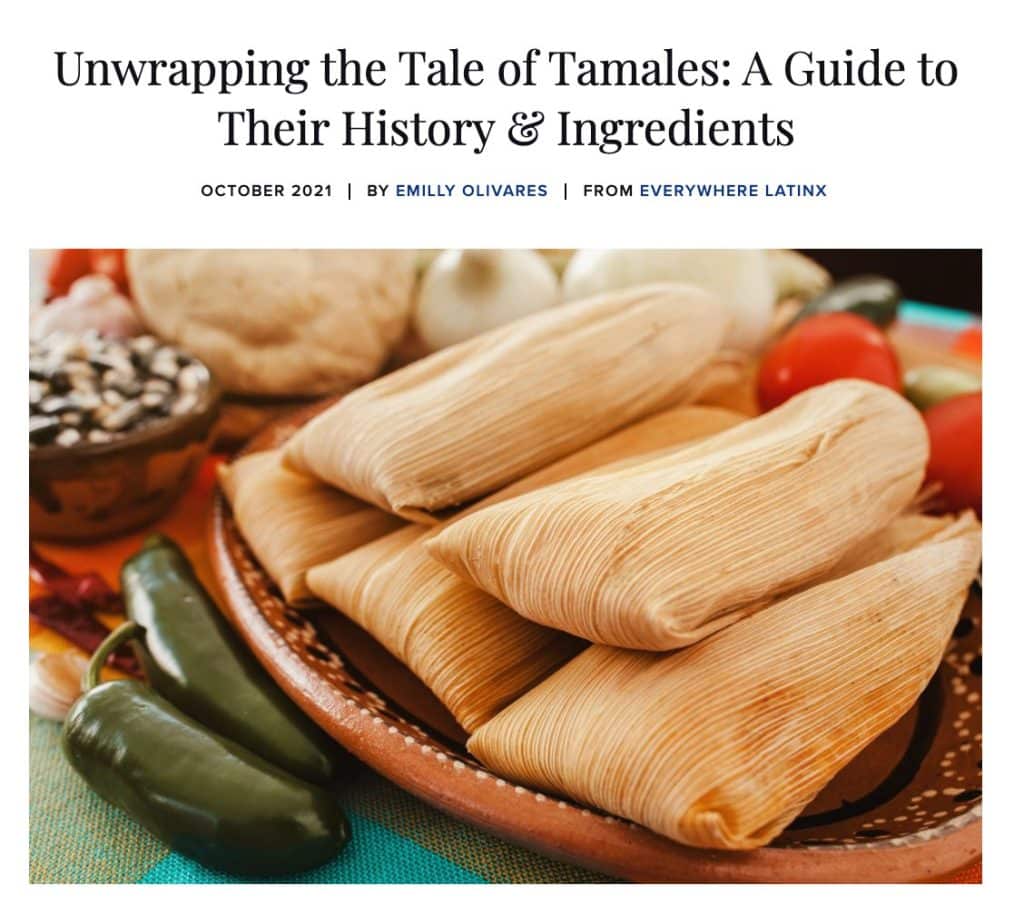
What Will You Be Making for the Holidays?
Tis the season for tamales—and hallacas, pasteles and humitas!
If you need more abuela cooking inspiration and recipes for traditional festive dishes—like red or green pozole, sancocho, pernil and muchos más platos auténticos!— head over to the hundreds of favorite family recipes showcased at FamiliaKitchen.com.
Don’t see your favorite kind of tamale, hallaca or pastel?
We invite you to submit your family-famous recipe here and help us archive, celebrate and showcase our most important food traditions here at Familia Kitchen, the most authentic, complete and trusted community treasury of Latina comida for future generations of cocineras y cocineros.
MoreLike This

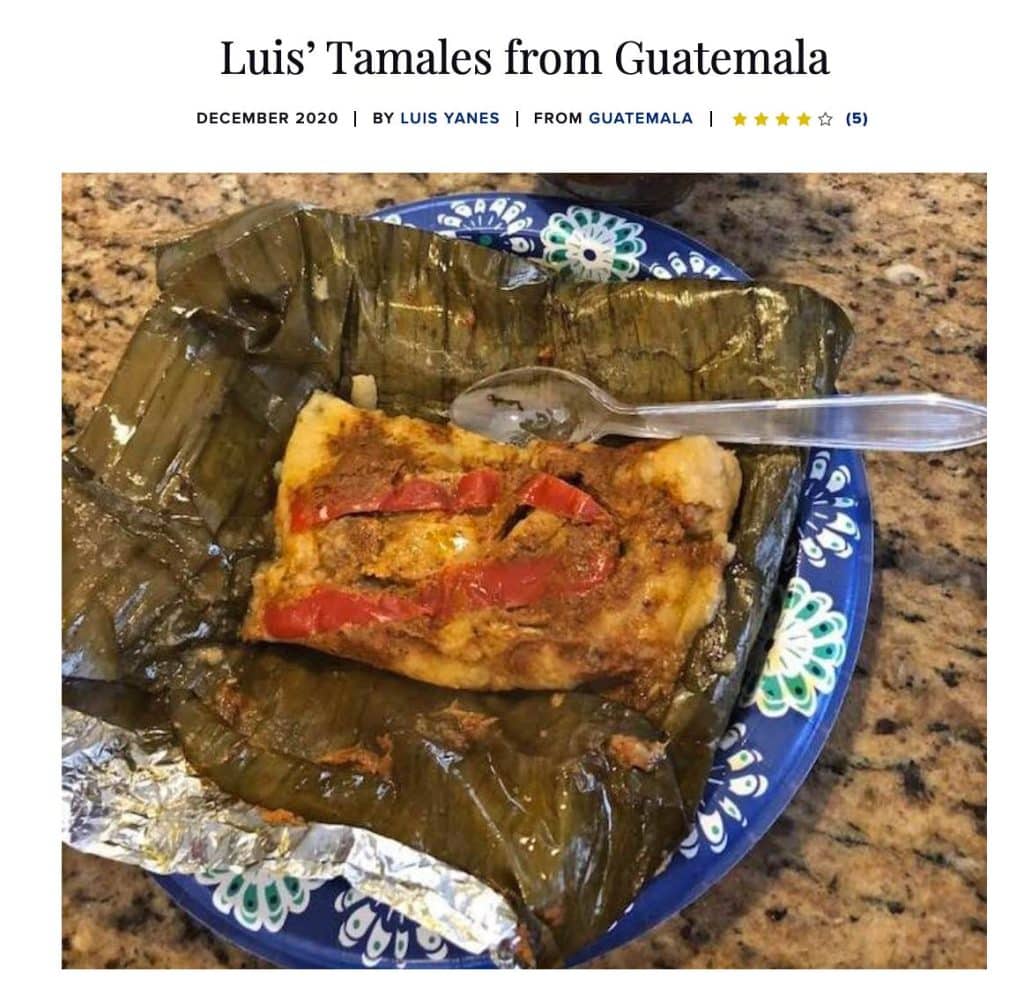
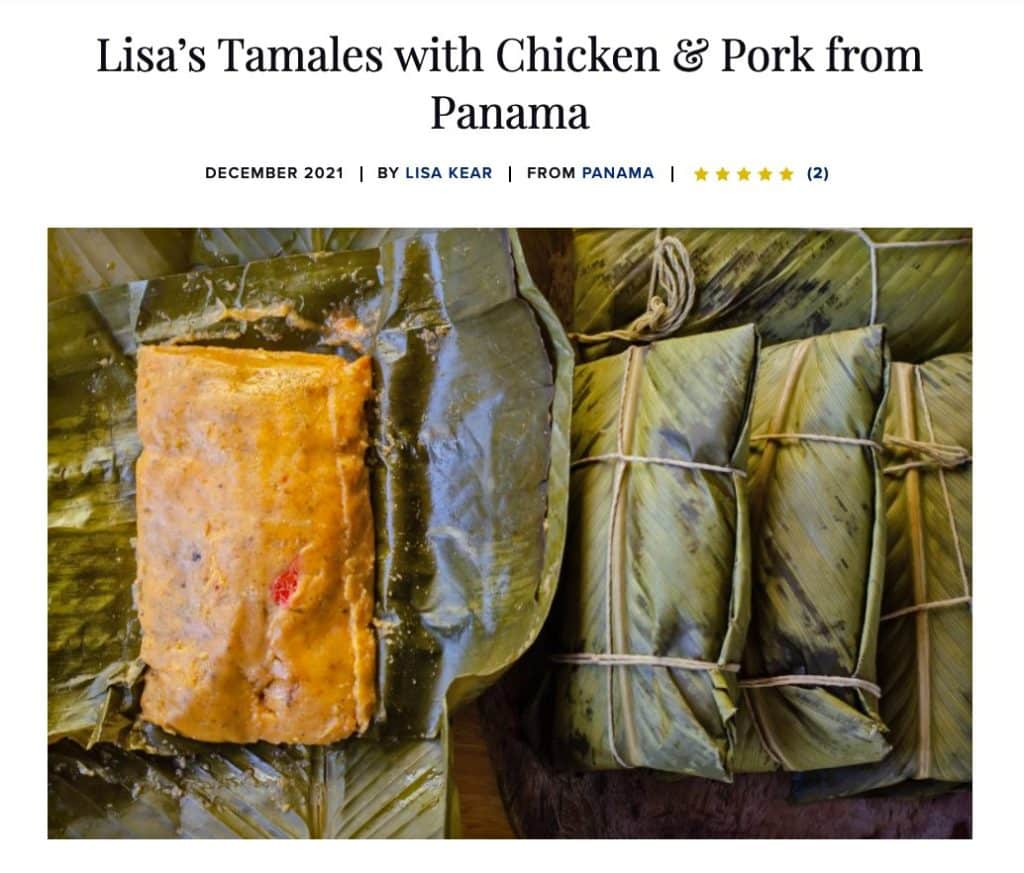
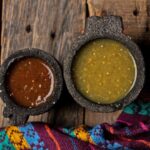
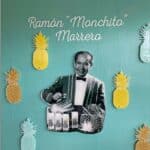


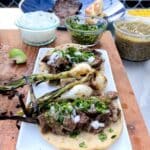
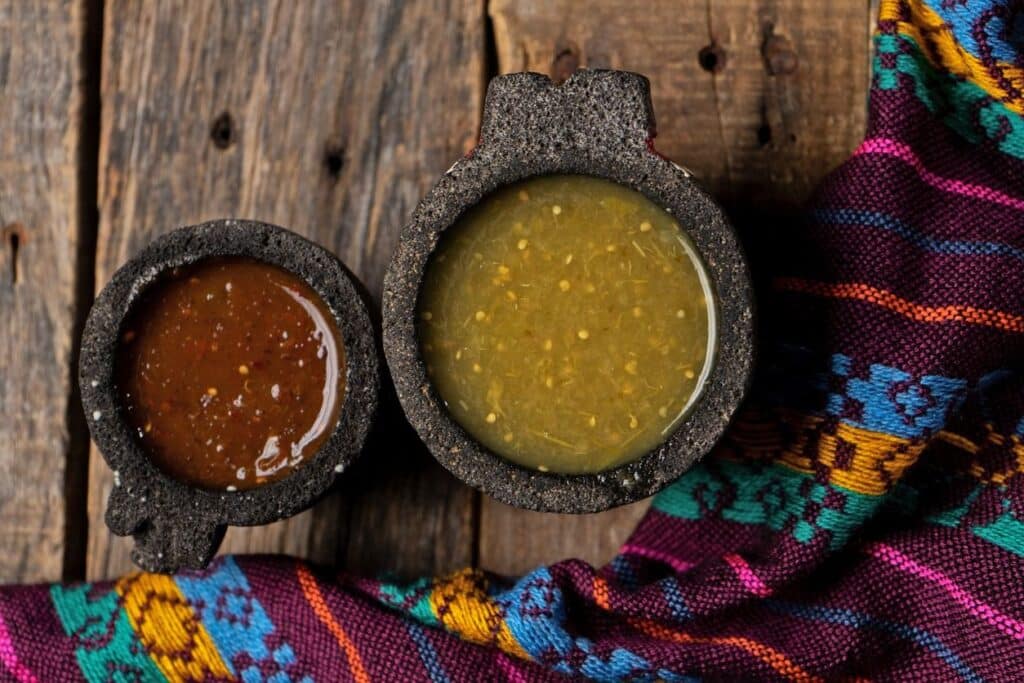

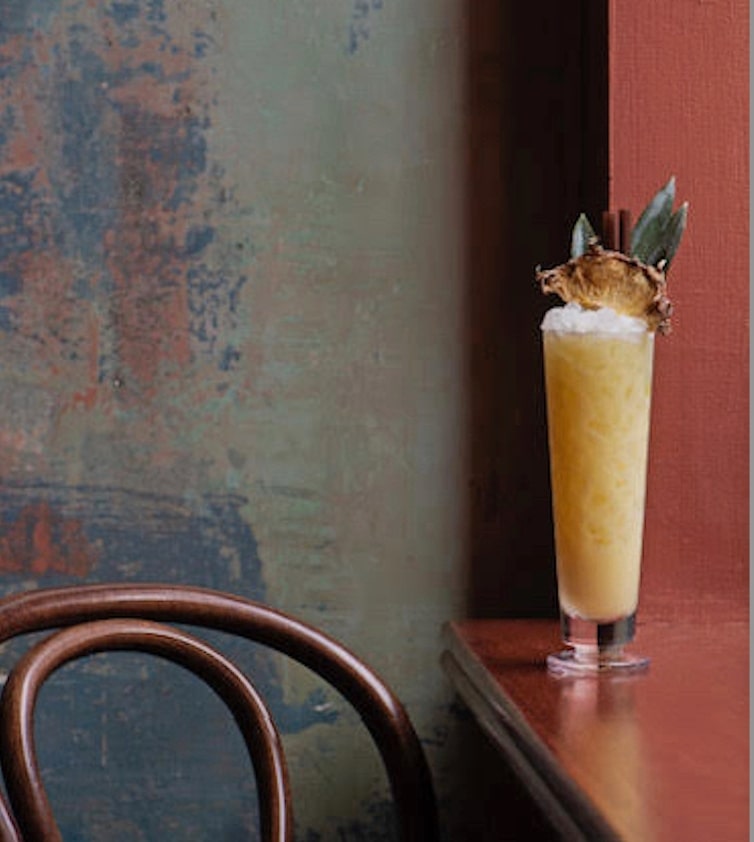
Got a question or suggestion?
Please rate this recipe and leave any tips, substitutions, or Qs you have!
Suggestions and questions from our readers
congrats Liliana Hernández